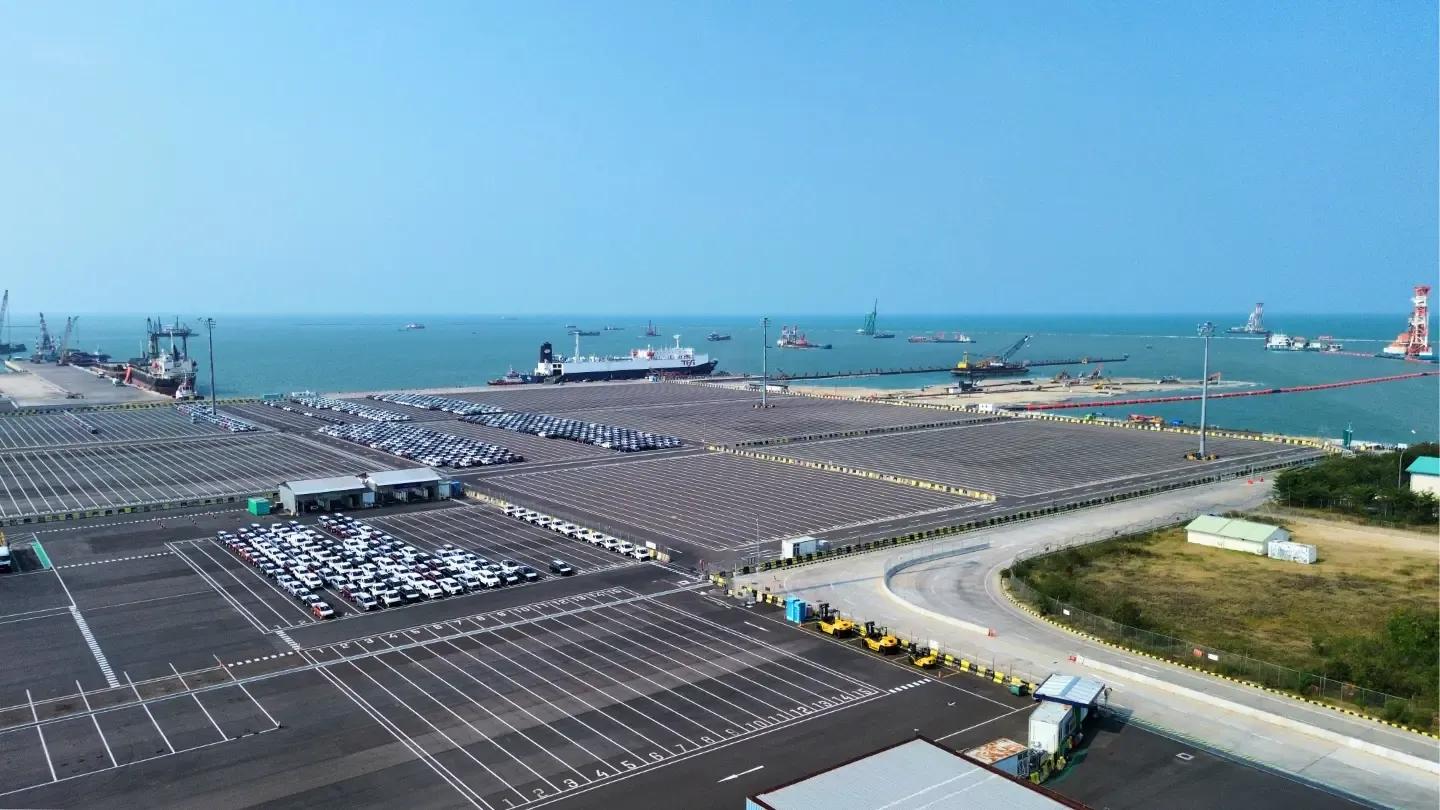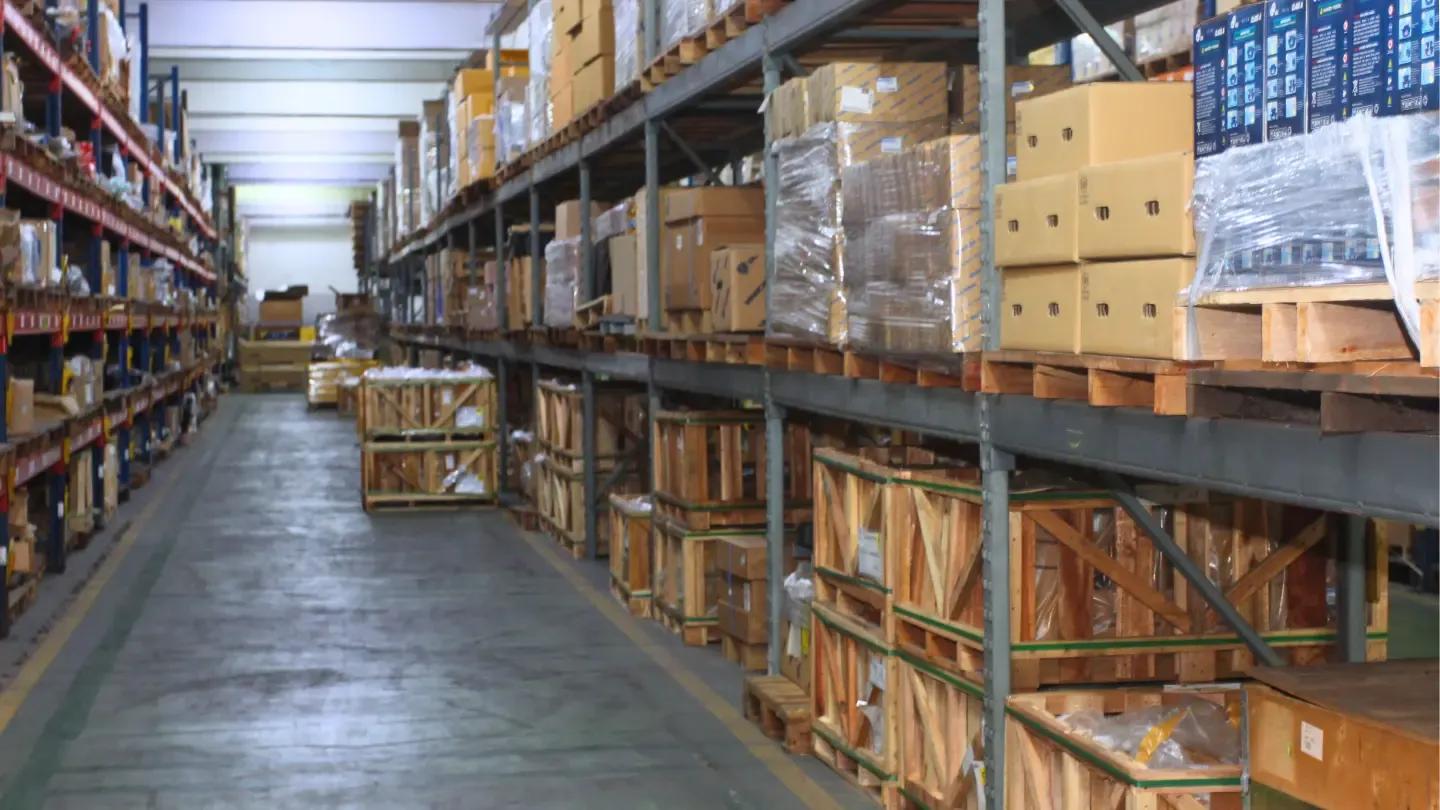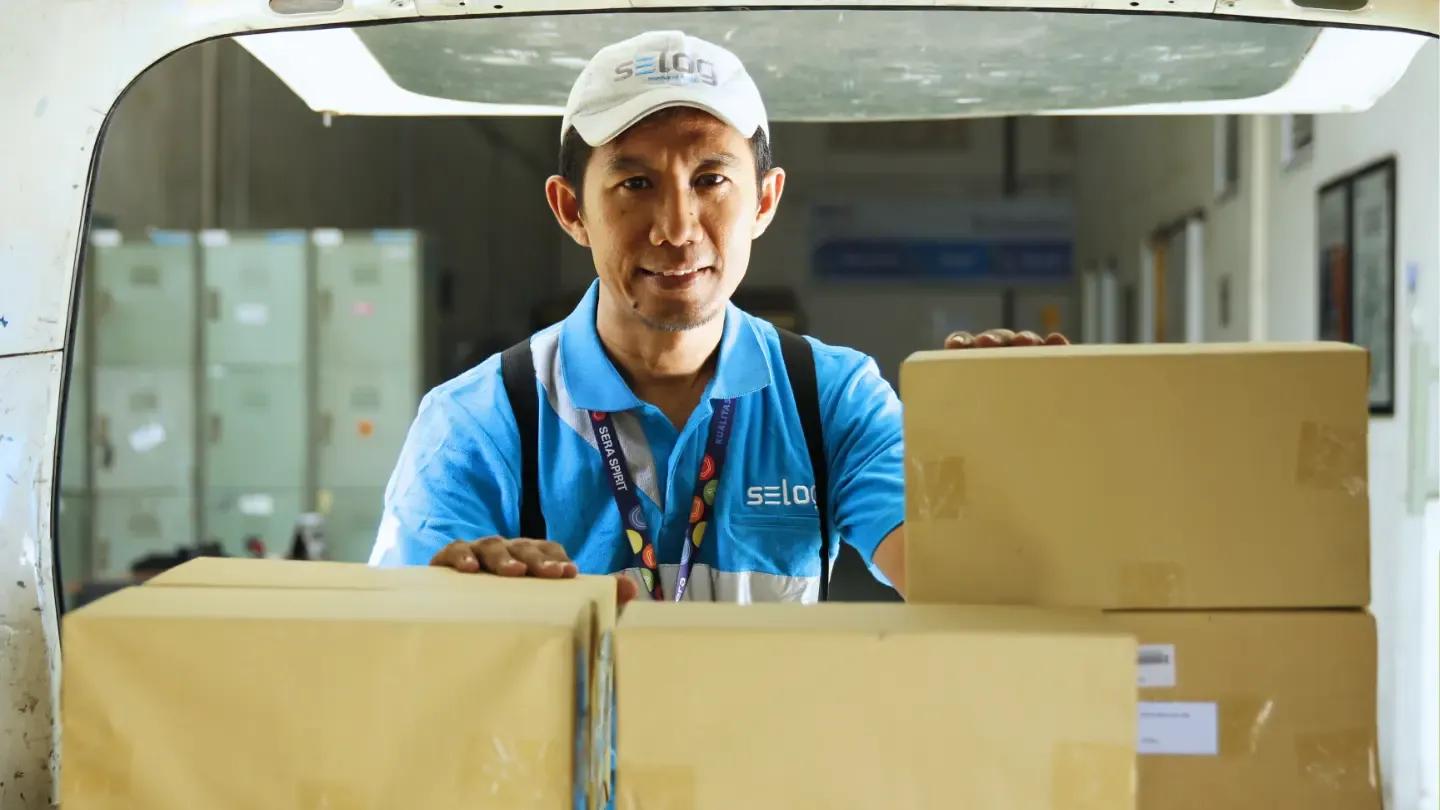
Information & Tips
7 Agustus 2025
Sea Freight: What Makes It Challenging?
Sea freight, defined as the transportation of goods by sea using cargo ships, is the primary logistics solution in Indonesia, due to its geographical characteristics as an archipelago.
However, behind its efficiency, this mode of transportation poses several challenges and risks that logistics industry players must address.
Challenges of Sea Freight
With more than 17,000 islands, managing logistics in Indonesia is not an easy task. Learn some of the main challenges below.
1. Supply Chain Disruption
Global conditions such as the COVID-19 pandemic are evidence of the fragility of international supply chains. Port closures, activity restrictions, and labor shortages cause late deliveries and significantly increase logistics costs.
2. Theft Risk
Despite improved security systems, theft of goods, both at ports and at sea, remains a threat. High-value goods shipped by sea are often the target of maritime crime.
3. Natural Disaster Threat
Located on the Pacific Ring of Fire, Indonesia is prone to disasters, such as earthquakes, tsunamis, and sea storms. These conditions can hamper the delivery and pose a risk of damage to cargo and even the ship itself.
4. Economic Fluctuations
Changes in fuel prices, exchange rates, and global economic conditions can directly affect delivery operating costs. Companies must apply adaptive strategies to stay afloat amidst market turmoil.
5. Cargo Overcapacity
The drive to increase profits sometimes leads some operators to ignore the vessel’s cargo capacity limit. This illegal practice is severely unsafe as it can lead to vessel imbalance and the risk of fatal accidents at sea.
Types of Good Suitable for Sea Freight
The types of goods commonly shipped by sea include:
Large and Heavy Goods: Cargo ships are the ultimate solution for shipping goods that are too large or too heavy to transport by air. They include motor vehicles, such as cars, motorcycles, trucks, and buses, as well as heavy equipment, industrial machinery, oversized parts, and building materials.
Bulk Cargo: This type of cargo is shipped without individual packaging and typically arrives in bulk form as raw materials. Examples include wheat, iron ore, coal, cement, and sand. Bulk cargo transportation often uses specialized bulk carrier vessels.
Liquid Cargo: Various types of liquids can be transported using tankers. These include crude oil, cooking oil, alcoholic beverages, as well as a variety of specialty chemicals that require specific handling and storage facilities.
Containerized Cargo: Containers are the international standard for transporting packaged consumer and industrial goods. They can accommodate a wide range of products, from computers and clothing to televisions, toys, electronic equipment, and other consumer goods. The efficiency of containers enables multimodal transport (combination of land, sea, and air freight).
Reefer Cargo: Products requiring controlled temperatures to maintain freshness, such as agricultural products (fruits, vegetables), frozen foods, or beverages, can be shipped using cargo ships that feature specialized refrigeration facilities (refrigerated containers or reefer ships).
Goods Shipped in Bulk: This refers to products transported in massive volumes. They range from raw materials for industry to semi-finished products and mass-produced consumer goods.
Goods Not Suitable for Air Freight: Apart from size and weight factors, some goods are categorized as dangerous or are subject to strict regulations that prevent them from being transported by air. Cargo ships are often the only option for shipping these kinds of goods.
With the ability to transport various types of cargo on a massive scale, sea cargo continues to be the backbone of the global economy and supply chain, connecting producers and consumers worldwide.
Tips for Shipping Goods by Sea
Shipping goods by sea requires special preparation for safe, efficient, and timely delivery. Take these factors into account before choosing sea shipping.
Secure Packaging. Use appropriate packaging, label it clearly, and consider using double-layer packaging for added security. Large quantities of goods should be palletized to help ease loading and unloading.
Reliable Expedition Service. Ensure the logistics service provider is reliable and can meet your shipping needs (FTL, LCL, or others).
Document Completeness. Prepare invoices, packing lists, and certificates of origin. Completeness of documents expedites the shipping process.
Shipping Insurance. Insurance is essential for protecting valuable goods.
Additional Features. Make use of the pick-up service and track your shipment through the tracking system. Report any problems immediately.
Managing sea freight shipping in Indonesia is challenging, but it’s not impossible. With careful preparation, shipping by sea can be a reliable and efficient logistics solution.
A good logistics company wouldn’t hesitate to invest in appropriate technology and comprehensive planning to overcome risks, increase efficiency, and maintain competitiveness amid the evolving industry.
This justifies the need to choose a logistics company that not only offers comprehensive services but is also trusted and professional.
SELOG Shipping Services
To prevent issues with unprofessional service providers, take time to research before choosing a shipping service. Look into the company’s track record through customer reviews or reliable references.
One of the professional logistics companies as a shipping agency is SELOG, a business line of PT Serasi Autoraya (SERA) and part of Astra Group.
With more than 20 years of experience in the logistics industry, SELOG is committed to meet the need for end-to-end logistics services, starting from Trucking, Shipping, Freight forwarding, Warehousing, and Project Cargo.
SELOG's shipping services for domestic and international goods delivery come with several advantages: monthly shipments to manage ship schedules, 24-hour ship operational monitoring, as well as structural design, materials, and wide ship ramp doors that can withstand large loads.
Every SELOG’s services are supported by the latest digital technology, including the Astra Fleet Management Solution (AstraFMS), which is not only convenient but also effective and efficient for businesses.
Through AstraFMS, SELOG provides businesses in Indonesia with integrated IT-based solutions for vehicle management.
For more information about SELOG services, visit www.selog.astra.co.id or contact (021) 26605333.
Follow SELOG on Instagram @selog_astra and SELOG LinkedIn for the latest updates and insights on logistics.

Information & Tips
7 Agustus 2025
Electric Vehicles in Logistics: A Reality Check

Information & Tips
7 Agustus 2025
All You Need to Know About Patimban Port

Information & Tips
7 Agustus 2025
Logistics Warehouses: Types by Function

Information & Tips
7 Agustus 2025
How to Easily Calculate Cargo Load for Shipping

Information & Tips
7 Agustus 2025
From Military Use to Logistics Transport: The Story of RoRo Ships

Information & Tips
7 Agustus 2025
RORO vs Ferry Ships: Understanding the Differences

Information & Tips
7 Agustus 2025
Things to Look For in a Logistics Service Provider

Information & Tips
7 Agustus 2025
The Role of Supply Chain Management in the Agricultural Industry

Information & Tips
7 Agustus 2025
Types of Agriculture: A Simple Guide

Information & Tips
2 Juli 2025
Introduction to Halal Certification for Logistics Service Providers
Make sure you have the latest SELOG and Logistics information updates
Please enter your email to get the latest news or articles from us.
